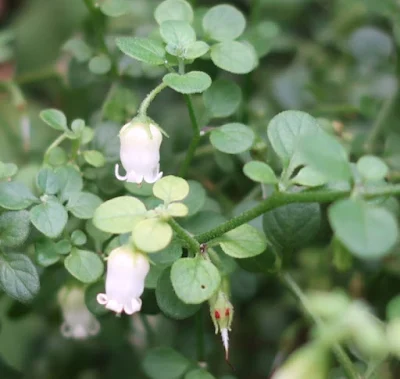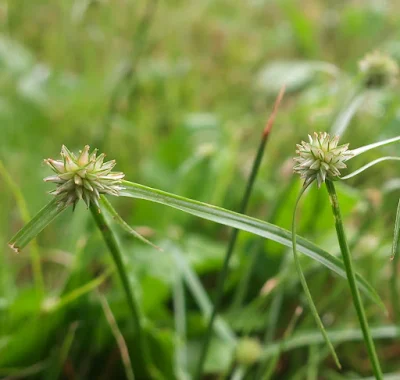Japanese follows English. 英語の後に日本語が続きます。
These're
hassaku oranges harvested this year. And there's a story about them.
In my neighborhood, there are two places where the land owners grow the oranges. They grow the oranges not for sale, which means no pesticides on them. As it's almost impossible to get fruits with no pesticides applied these days, I called one of the places, a hospital, to ask if I could get several of them. Their answer was no. They said they would make jam for their patients. So, I contacted the other place, i.e., an office building. The staff of the property manager were surprised but said "Okay!" That was about a month ago.
Then, today, knowing it was time to harvest, I went there and got nine hassaku oranges and have already started making jam from five of them. (That's why the pictures are of only four oranges.)
Sadly, however, one of the staff said that this was only this year and that they won't be able to do the same next year. He said that the oranges weren't theirs but the property owner's and the owner or a real estate investment trust didn't like the idea of giving the oranges to anyone. I see that the company wants to take no risk and has chosen to let the fruits fall from the tree and rot on the ground. But it's just mottainai, isn't it?
I've been thinking of calling next year the property owner to negotiate with them to make jam again😝!! For the definition and usage of "
mottainai," read
this post.
 |
| Hassaku oranges 八朔 |


































.JPG)

















